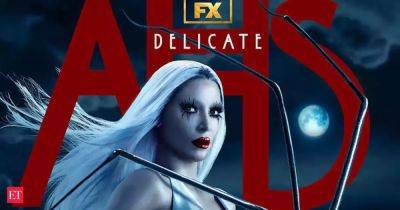Once a Hot Stock-Market Trend Has a Name, Its Best Days Are Likely Past
Once a stock-market trend has been identified and named—think FAANG or the Magnificent Seven—the headiest gains are typically past. But riding a trend after it has been named can deliver market-beating returns for another year or so before the trade loses momentum and gives back some of the gains. To study the performance of named stock-market trends, my research assistants (Matthew Rickard and Camila Marín Builes) and I did a deep-dive on eight named trends over the past 10 years that were popularized by the mainstream media and covered by more than three such organizations.
The final list of named trends we researched was: • Watch—for retailers Walmart, Amazon.com, Target, Costco Wholesale and Home Depot. • FANG—for tech titans Facebook parent Meta Platforms, Amazon, Netflix and Google parent Alphabet. • FAANG—for Facebook, Amazon, Apple (the second A after 2017), Netflix and Google.
• Granola—for big European companies GSK, Roche, Nestlé, L’Oréal, LVMH Moët Hennessy Louis Vuitton, Novartis, Novo Nordisk, ASML Holding, AstraZeneca, SAP and Sanofi. • The Magnificent Seven—for tech giants Nvidia, Tesla, Meta, Apple, Alphabet, Amazon and Microsoft. • MT SAAS—for cloud-computing players Microsoft, Twilio, Salesforce, Adobe, Amazon and Shopify.
• BAT—for Chinese tech firms Baidu, Alibaba Group and Tencent. • Cloud—for emerging cloud-computing stocks, notably PayPal, Zoom Video Communications, Vimeo, Dropbox, Alphabet, Adobe and Salesforce Smaller named trends like Mamaa (Meta, Apple, Microsoft, Amazon and Alphabet) and Emcloud were omitted because of overlap with other named trends, and their inclusion wouldn’t have changed results. From first mention Next, we identified the first date each trend was mentioned in the
. Read more on livemint.com
























